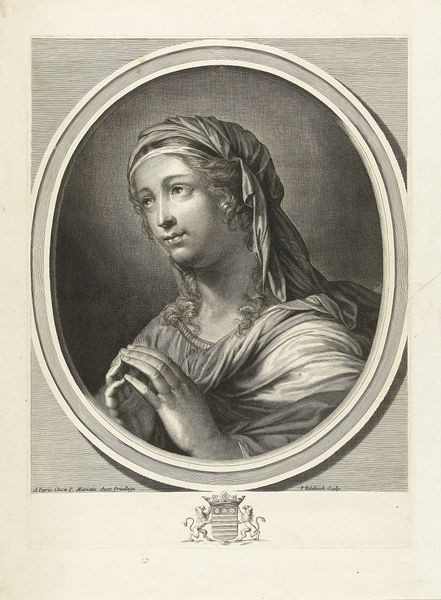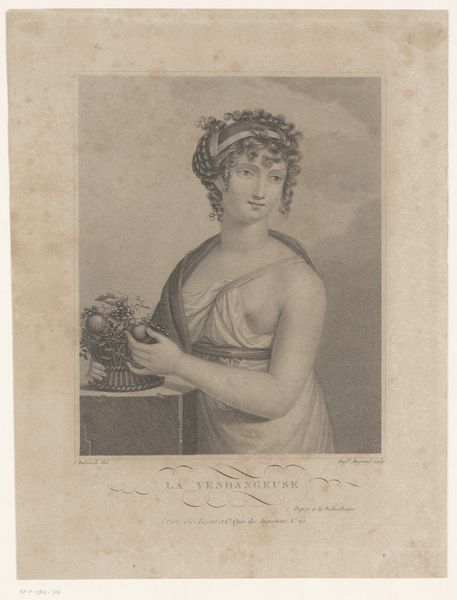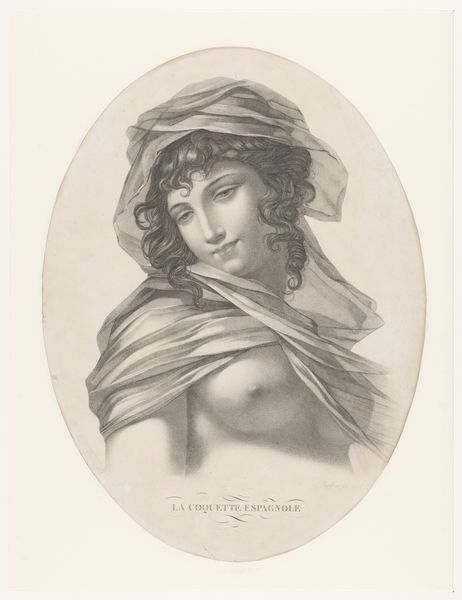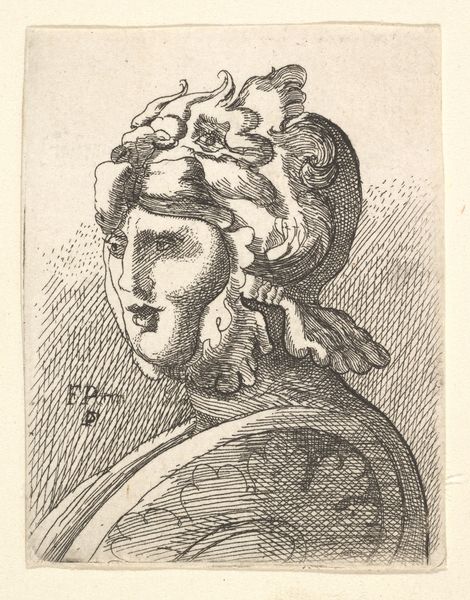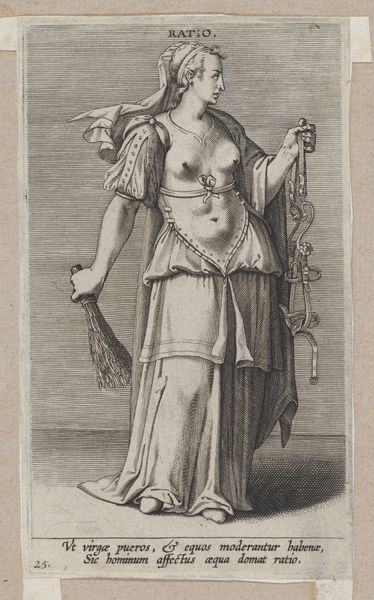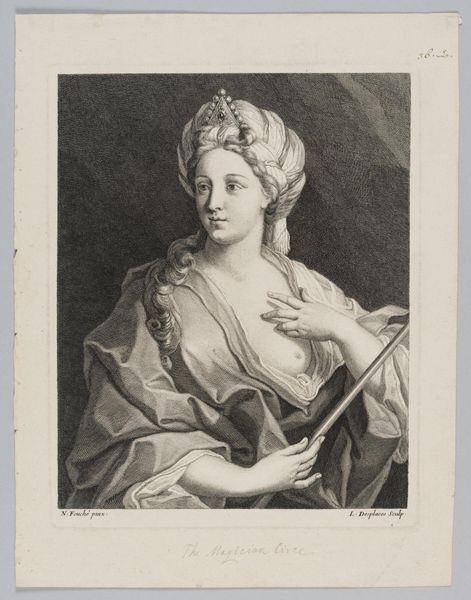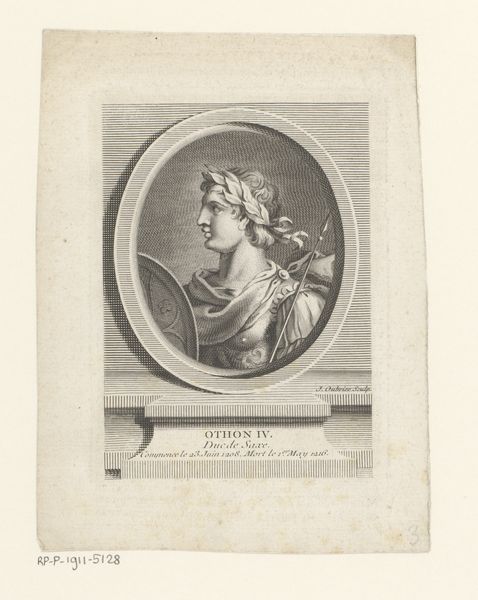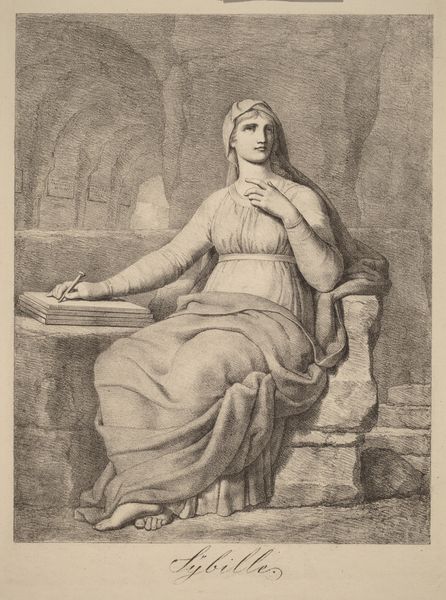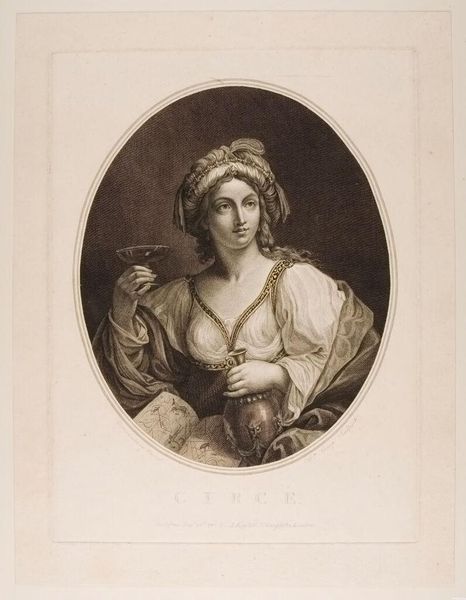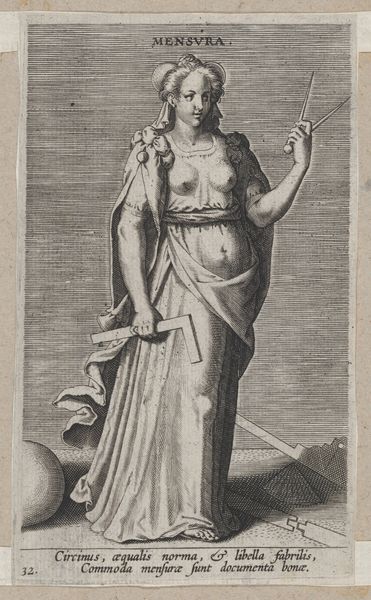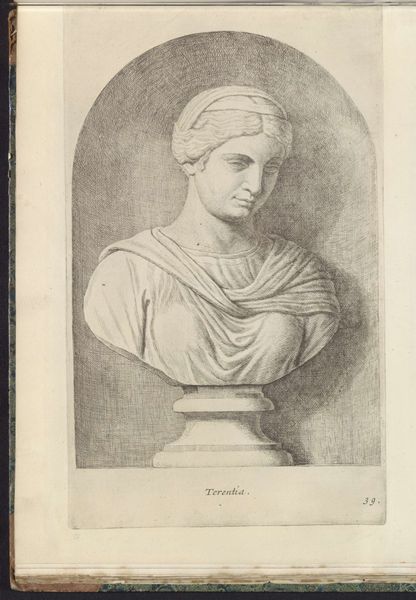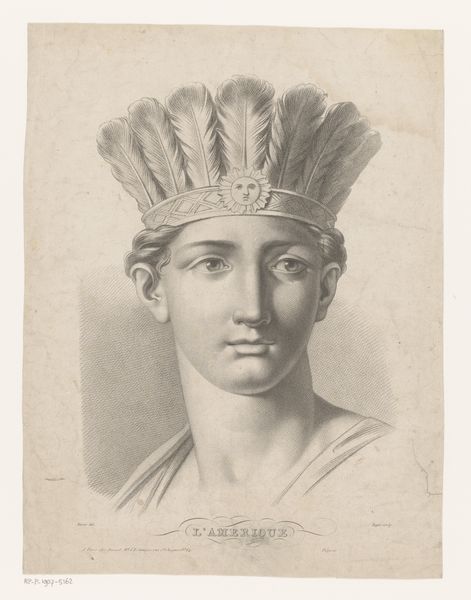
Cassandra (from "Twelve Characters from Shakespeare") 1776
0:00
0:00
drawing, print, engraving
#
portrait
#
drawing
#
neoclacissism
#
narrative-art
# print
#
old engraving style
#
men
#
portrait drawing
#
history-painting
#
academic-art
#
engraving
Dimensions: Plate: 15 5/8 x 12 11/16 in. (39.7 x 32.2 cm) Sheet: 21 7/16 x 15 15/16 in. (54.4 x 40.5 cm)
Copyright: Public Domain
Editor: This is John Hamilton Mortimer's "Cassandra," created in 1776. It's a drawing, later reproduced as a print, depicting the prophetess Cassandra from Shakespeare's "Troilus and Cressida." Her wide, frantic eyes give her a very intense, almost theatrical look. What can you tell me about the history this drawing engages with? Curator: Mortimer's "Cassandra" is fascinating because it speaks to the 18th-century obsession with both classical history and Shakespeare. We see Neoclassicism in the work, yet it is infused with a distinct Romantic sensibility. The print acts as a way to disseminate history in a consumable form. Note how he uses the visual language of history painting, often grand and monumental, but here reduced to a more accessible and affordable medium. How does that impact the viewing public? Editor: It's like a snapshot of a much grander narrative, making it relatable to a wider audience. Did the social and political context of the time influence Mortimer's choices? Curator: Absolutely. England in the 1770s was grappling with its identity and its own historical narrative. The rise of print culture allowed for wider engagement with these topics, allowing historical and dramatic figures to become talking points in society. But I wonder if he is also speaking to the limits of prophecy; what is the use of knowledge that cannot change history? Editor: That’s a really compelling point. Thinking about how art reflects and shapes societal discourse really enriches the viewing experience. Curator: Indeed. And by thinking of Cassandra, a women disbelieved in her time, Mortimer might be reflecting on how marginalised voices are understood (or misunderstood) through time. Editor: I've definitely gained a new appreciation for this piece and the dialogue it fosters about history, access, and marginal voices. Thank you.
Comments
No comments
Be the first to comment and join the conversation on the ultimate creative platform.
